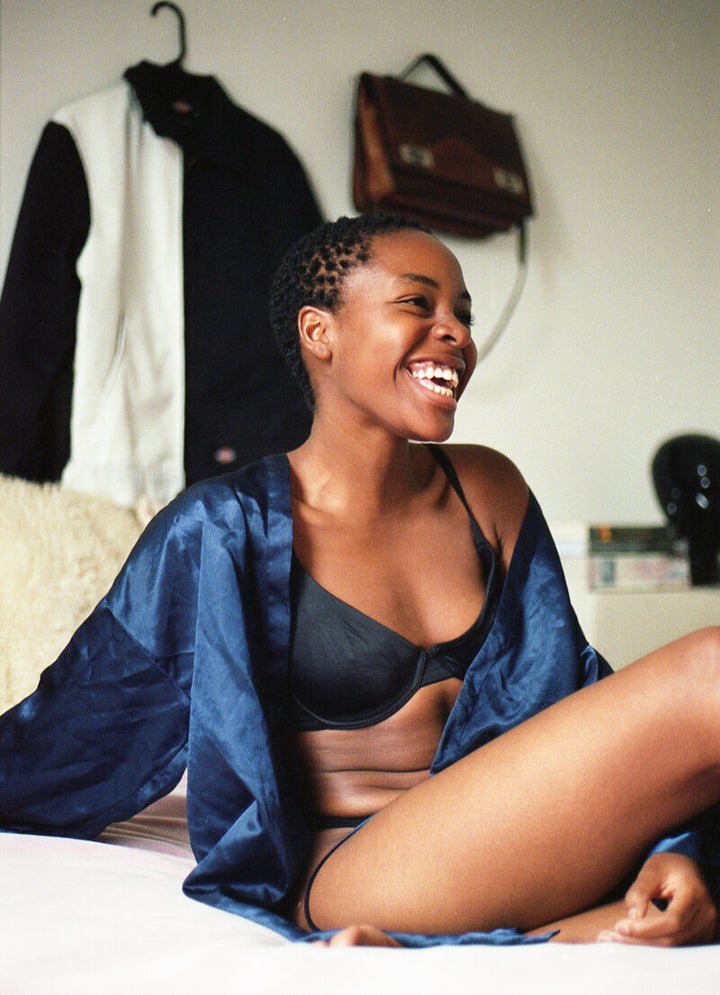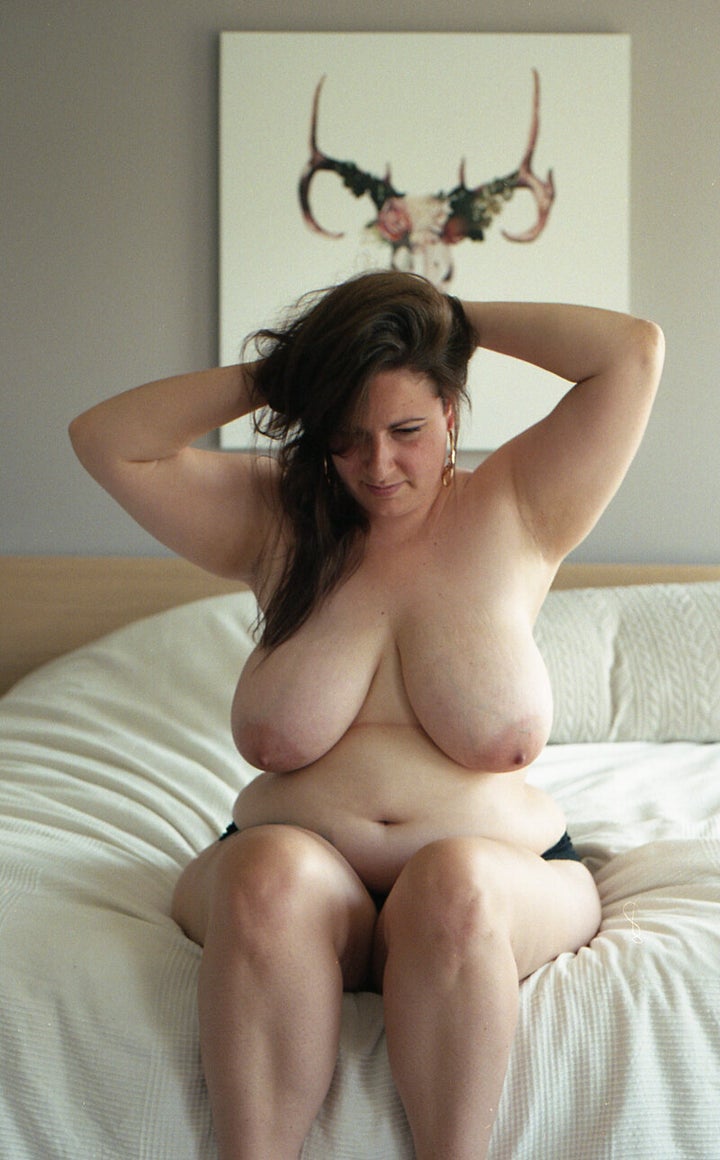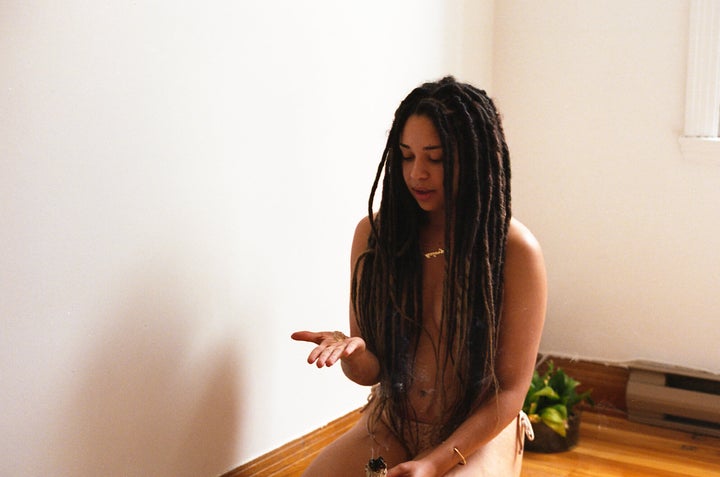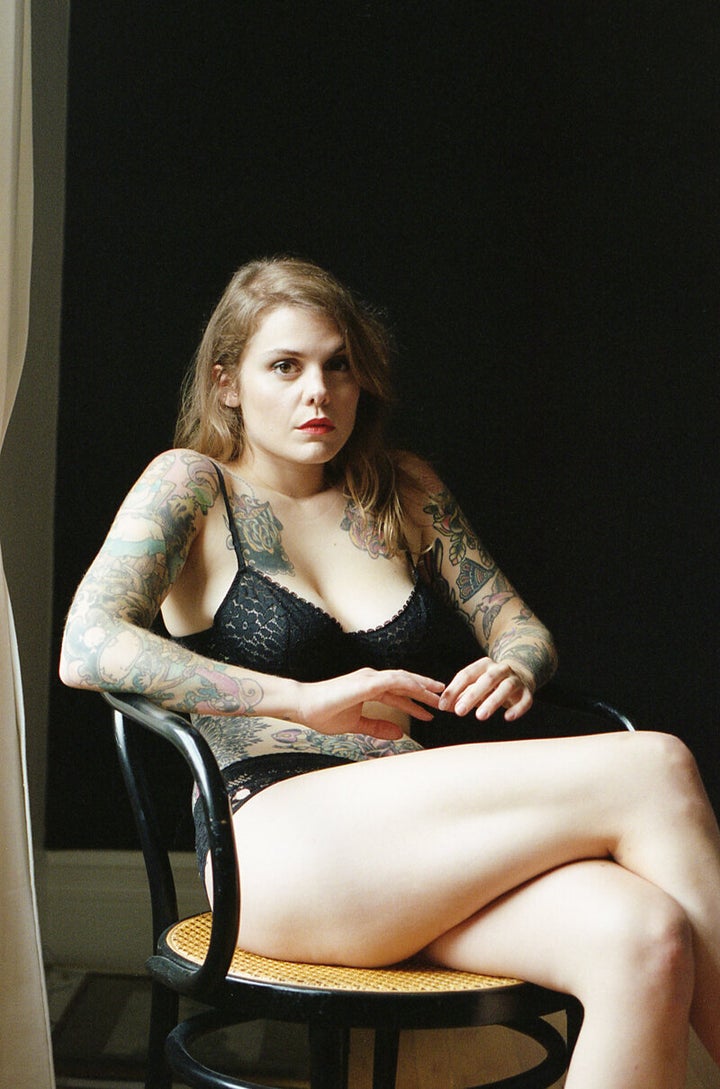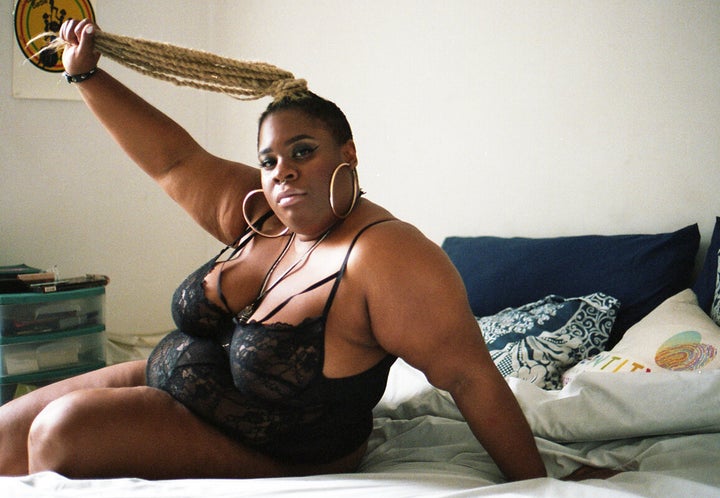
Being a woman is complex. It’s beautiful and it’s messy. It changes from person to person and shifts for each of us internally, too, over time. So how do you possibly convey it in one photograph?
Friends Sara Hini and Cassandra Cacheiro from Montreal have attempted to explore just that, in their series of intimate portraits titled The Womanhood Project.
The series features people who identify as women, womxm and non-binary, photographed on their terms and asked what womanhood means to them.
“I was so tired of the absurd homogeneity of the images showcased on Instagram,” explains Hini of the inspiration behind the project. “Especially four years ago... there was a huge lack of diversity among models, photographers and influencers.”
But Hini also knew the platform had huge power if used in the right way. “So instead of complaining, I realised that we needed to create the images we wanted to see,” she says.
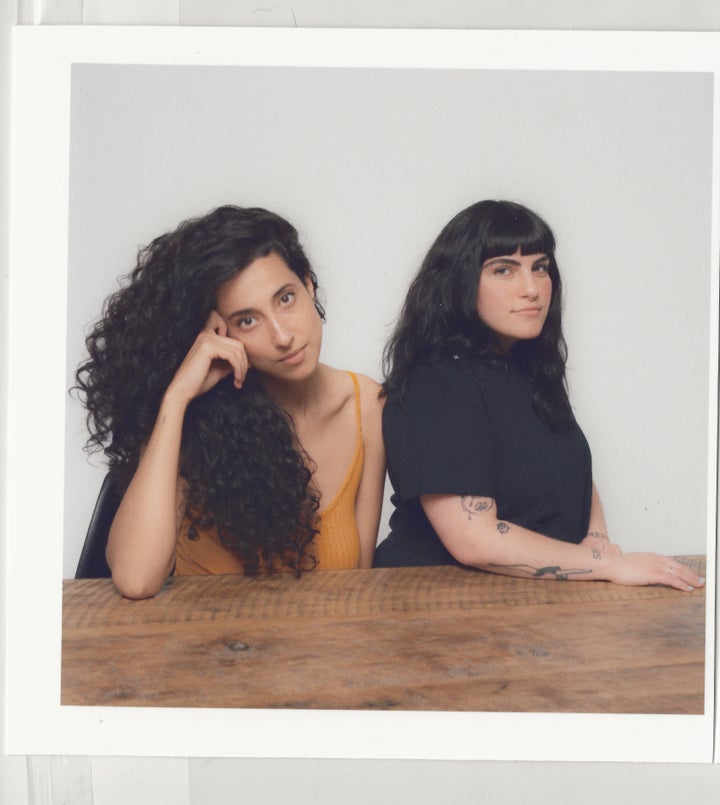
For Cacheiro, who identifies as womxm (a term used to replace the word ‘man’ in ‘woman’), teaming up with Hini appealed because she’s “never felt represented in media”.
“We’re slowly trying to talk more openly about womxn’s taboos and issues while representing all types of bodies, cultures, and ways of life,” she says.
“I’ve always seen so much beauty in the womxn in my life but never understood why these women were never represented in media. The Womanhood Project was born to show and promote every kind of beauty.”
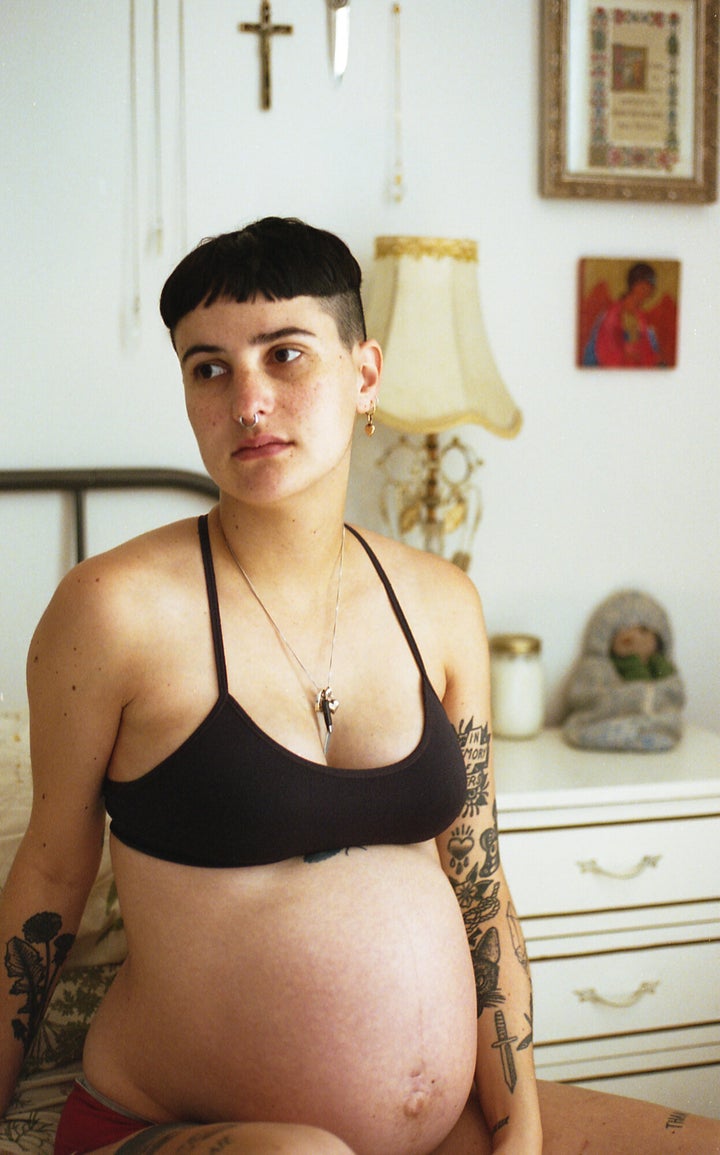
Alongside the photographs, the pair interviewed people from all walks of life about the realities of their lives, with themes of gender, motherhood, abuse, mental health, abortion, menstruation, body hair and much more.
Among the participants, there’s Camille, who’s trying to figure out what it means to identify as non-binary when you’re pregnant, and Gloria, who shares how her mother helped her reject the idea that “blackness was conflated with ugliness”.
The project also features Cassie, speaking about her shifting view of womanhood since conceiving via IVF with her wife, and Béatrice, who details her experience of body dysmorphia.
Hini hopes people will come away from the images learning that “there’s no right or wrong way to exist”. “The concept of womanhood is complex, beautiful and constantly evolving,” she says.
Cacheiro adds: “I want diversity to become the new normal, that all kinds of body shapes and skin tones are shown everywhere. If by visiting our website or Instagram page, someone feels understood and better about themselves, our job is done.”
Check out more images from the series below or view the full stories on The Womanhood Project’s website.
